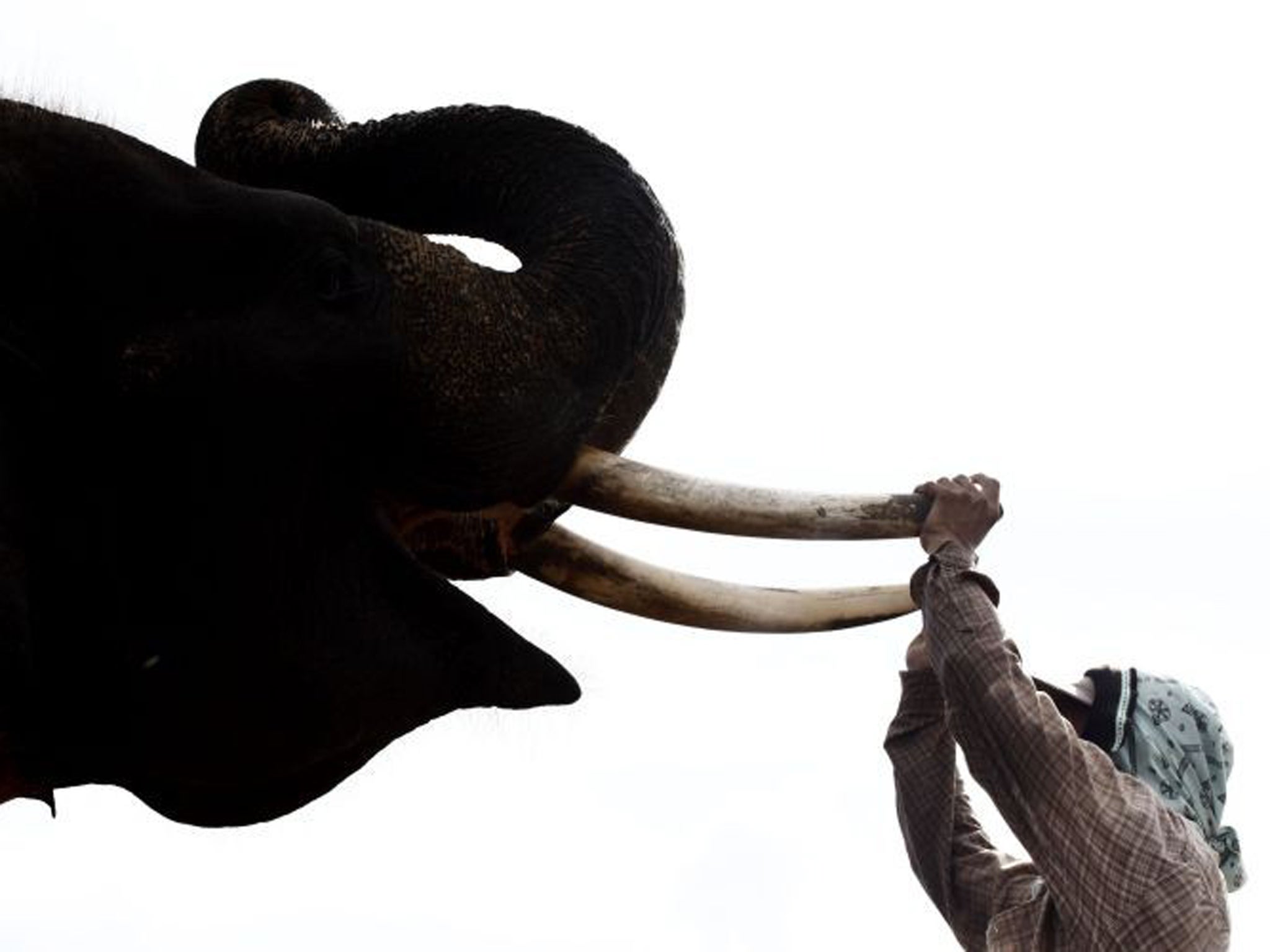Three myths about elephants you probably believed, and three amazing facts you’ll be glad to know
Elephants are amazing creatures, but can you separate fact from fiction?

Elephants drink water through their trunks, like a straw
Myth. Although they do use their trunks to drink, the water won’t go all the way up. Instead, they’ll suck the water part way up the trunk and pour it into their mouths – a lot. Elephants drink between 140 and 230 litres a day on average.
Elephants love to eat peanuts
Myth. Elephants certainly don’t eat peanuts in the wild, and they’re not a typical diet for captive animals either. Elephants are the world’s biggest land animals and have to spend 16 to 18 hours a day eating. Peanuts, on the other hand, are tiny.
Elephants are the only mammal that can’t jump
Myth. It is true that adult elephants can’t jump. But there are other mammals that can’t either, like sloths, hippos and rhinos. Although, unlike elephants, hippos and rhinos can have all four feet off the ground at the same time when they run.
Elephants can ‘hear’ with their feet
Fact. Elephants have excellent hearing, but African elephants can also detect rumbles in the ground with sensory cells in their feet. An elephant will ‘hear’ these vibrations when they travel to its front feet, up its legs and shoulder bones and to its middle ear. The elephant will be able to tell where the sound is coming from by comparing the timing of the signals.
The elephant’s closest relative is a guinea pig lookalike
Fact. The rock hyrax is a small, furry, rat-like mammal that lives in rocky landscapes across sub-Saharan Africa and along the coast of the Arab peninsula. Amazingly, elephants and rock hyraxes share several common features in the toes, teeth and skull; like two tusks, and flattened nails on the tips of their digits (as opposed to claws commonly seen on other mammals). It has been about 60 million years since their common ancestor existed.
The Chinese translation of ‘ivory’ is ‘elephant tooth’
Fact. Although tusks are actually the elongated incisor teeth of the elephant, they can’t just ‘fall out’ like human teeth. Many people in China – where the ivory trade is booming - might not realise that elephants are brutally killed for their tusks. Polls by the International Fund for Animal Welfare found that 70 per cent of Chinese people didn’t realise that ivory comes from dead elephants.
Today, just 650,000 elephants remain on the planet, and they are in real danger of extinction. By supporting Space For Giants through The Independent’s Christmas Appeal, we can help ensure that these majestic creatures begin to be treated worldwide with the respect that they deserve.
Join our commenting forum
Join thought-provoking conversations, follow other Independent readers and see their replies
Comments
Bookmark popover
Removed from bookmarks